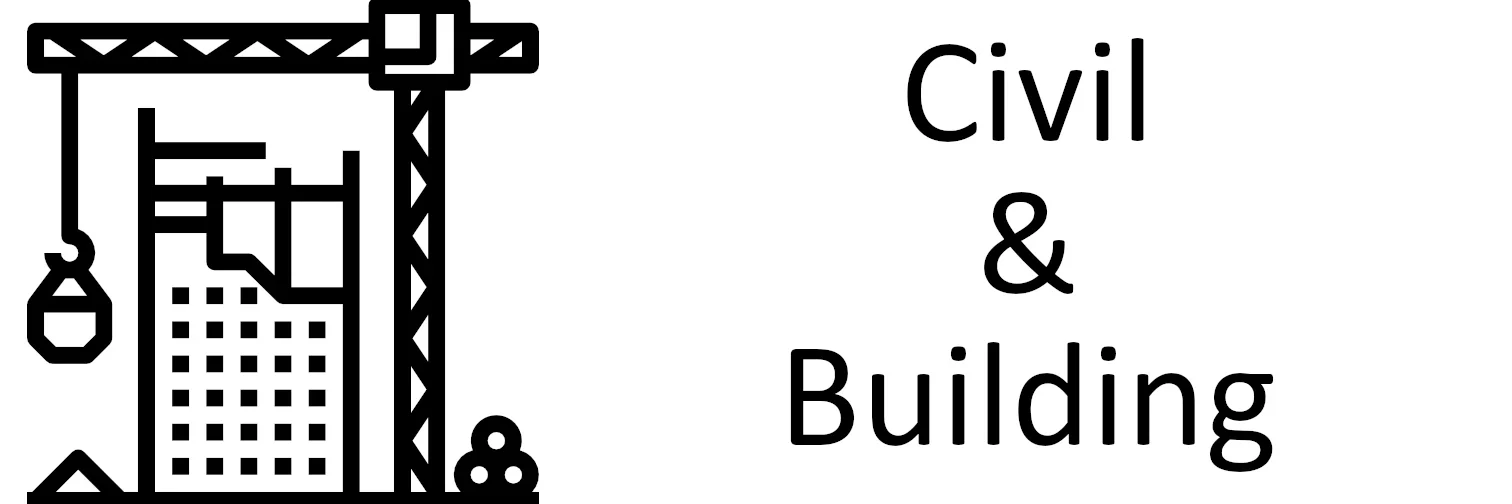Introduction
As the planet confronts the trials of climate change and dwindling natural resources, companies are progressively searching for sustainable substitutes. In the realm of construction, one promising innovation is “Green Concrete.” Green Concrete stands for a substantial progress in sustainable building techniques, proffering both ecological advantages and improved performance. In this article, we will investigate the definition of Green Concrete and its potential to shape a greener tomorrow.
The Difficulty with Conventional Concrete
Conventional concrete, while hard-wearing and adaptable, has a noteworthy environmental footprint. It commonly depends on Portland cement, a major contributor to carbon dioxide (CO2) releases. The manufacture of Portland cement necessitates high-temperature kiln firing, which produces considerable amounts of CO2 into the air. Apart from that, the mining of base materials like lime and sand leads to habitat degradation and resource exhaustion.
Green Concrete: A Lasting Alternative
Green Concrete addresses these environmental concerns through inventive approaches in material choice, production, and creation. It is tailored to lower its carbon imprint, minimize waste, and improve long-term performance. Here’s how:
- Different Binders: One of the main parts of Green Concrete is the use of other binders. These can include elements like fly ash, slag, or baked clay, which emit fewer CO2 discharges during their production compared to traditional cement. These binders can be employed either in collaboration with or as a vicarious substitution for Portland cement.
- Recycled Aggregates: Another facet of Green Concrete involves the utilization of recycled aggregates. Squashed concrete from pulled down infrastructures and reused materials like glass and plastics can be incorporated into concrete mixtures, decreasing the demand for untried ingredients and diverting waste from dumps.
- Low-Carbon Technologies: Progressive low-carbon technologies in concrete fabrication, such as carbon capture and utilization (CCU), can assist in decreasing emissions. CCU captures CO2 emissions from the production process and converts them into worthwhile products, decreasing the net environmental result.
- Honed Mix Designs: Green Concrete also concentrates on refining mix designs to lower waste and enhance performance. This can involve adjusting the water-to-cement ratio, deploying high-performance additives, and including fibers for amplified sturdiness.
Benefits of Green Concrete - Lessened Carbon Imprint: By utilizing substitute binders and low-carbon technologies, Green Concrete can importantly restrict CO2 discharges attached to construction.
- Resource Preservation: The utilization of recycled aggregates and secondary materials lessens the requirement for virgin commodities, minimizing the environmental impact of extractive activities and extraction.
- Strengthened Feasibility: Green Concrete normally demonstrates improved long-term performance, incorporating immunity to fracturing and superior over-all strength.
- Healthier In-door Environments: Particular Green Concrete formulations produce fewer volatile organic compounds (VOCs), abetting healthier indoor air quality.
- Regulatory Incentives: Various governments and metropolises proffer motivations and regulations that boost the use of ecological building substances such as Green Concrete, rendering it an attractive decision for contractors and developers.
Conclusion
Green Concrete is an enthralling instance of how advancement can direct to more sustainable building habits. By diminishing carbon discharges, saving resources, and amending performance, Green Concrete furnishes a course towards a greener tomorrow in construction. As we keep on prioritizing sustainability and ecological responsibility, the embrace of such pioneering supplies becomes quintessential for constructing a more durable and planet-friendly society.
